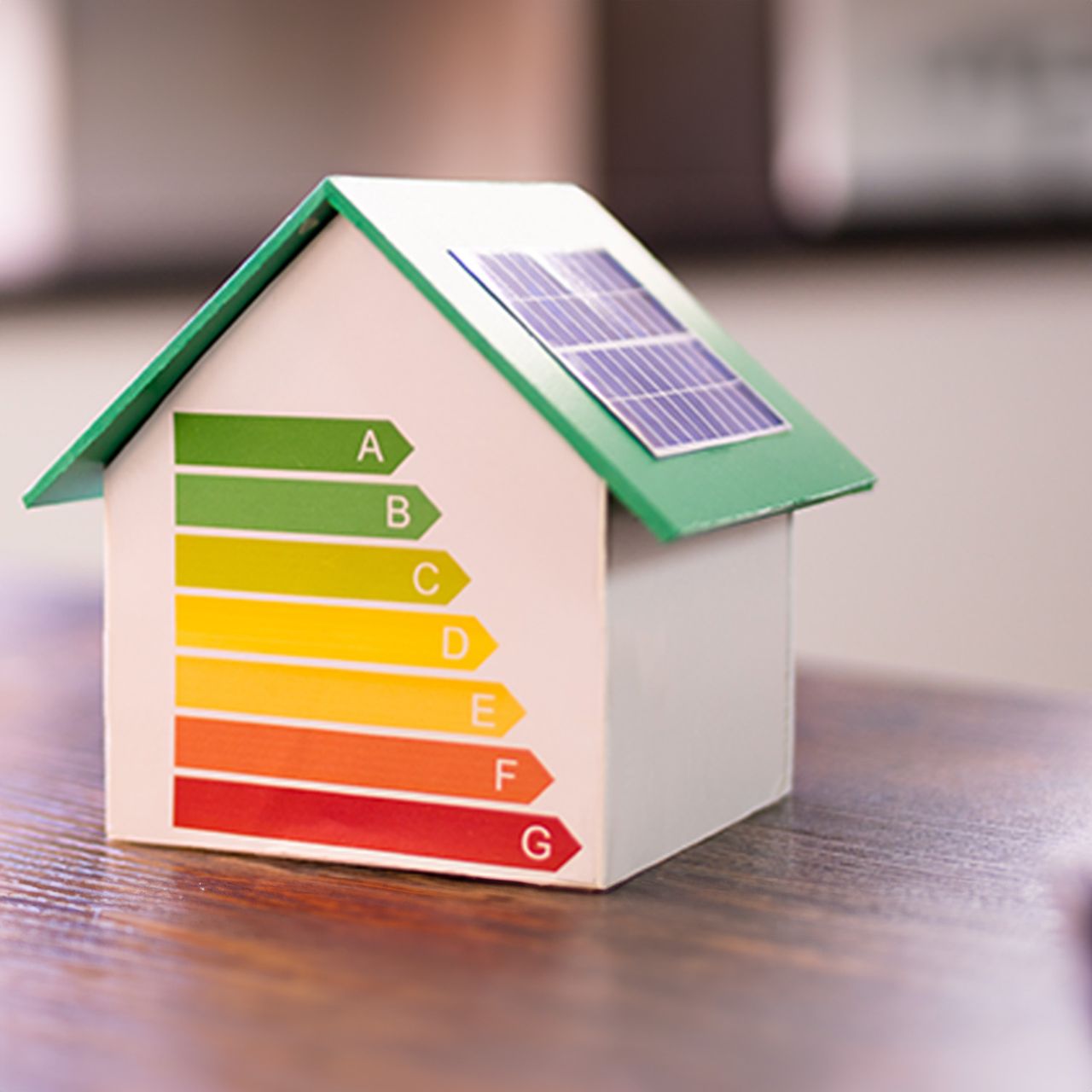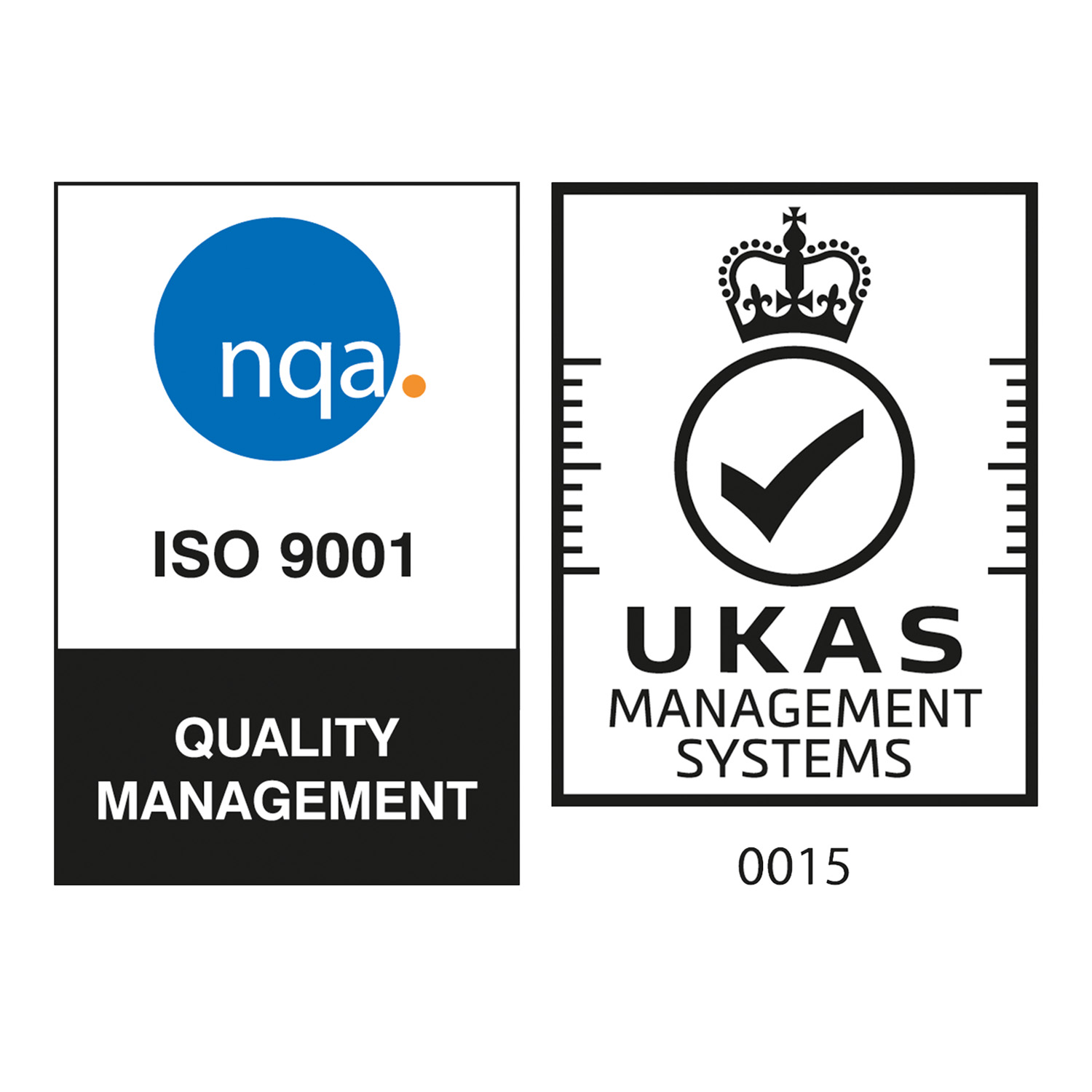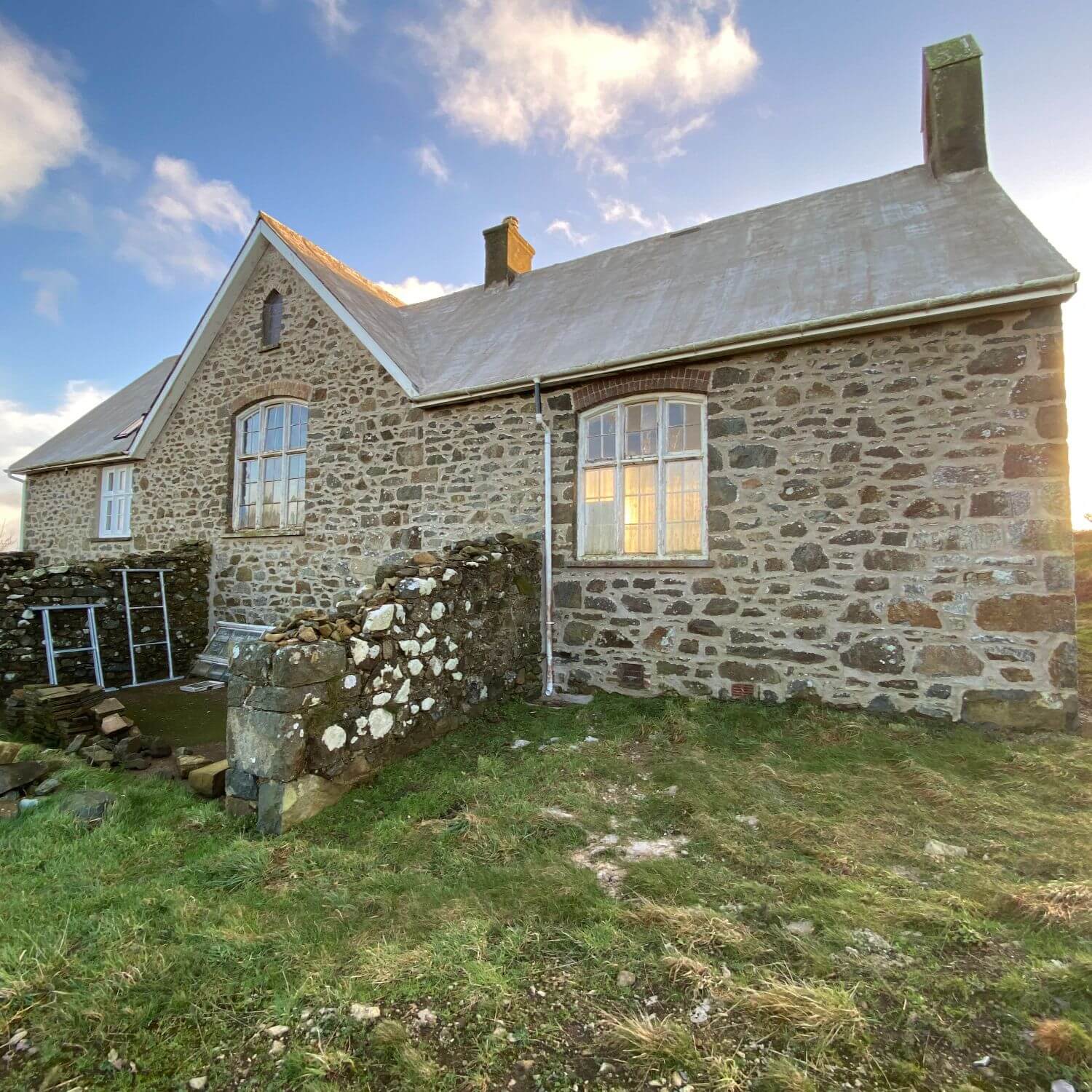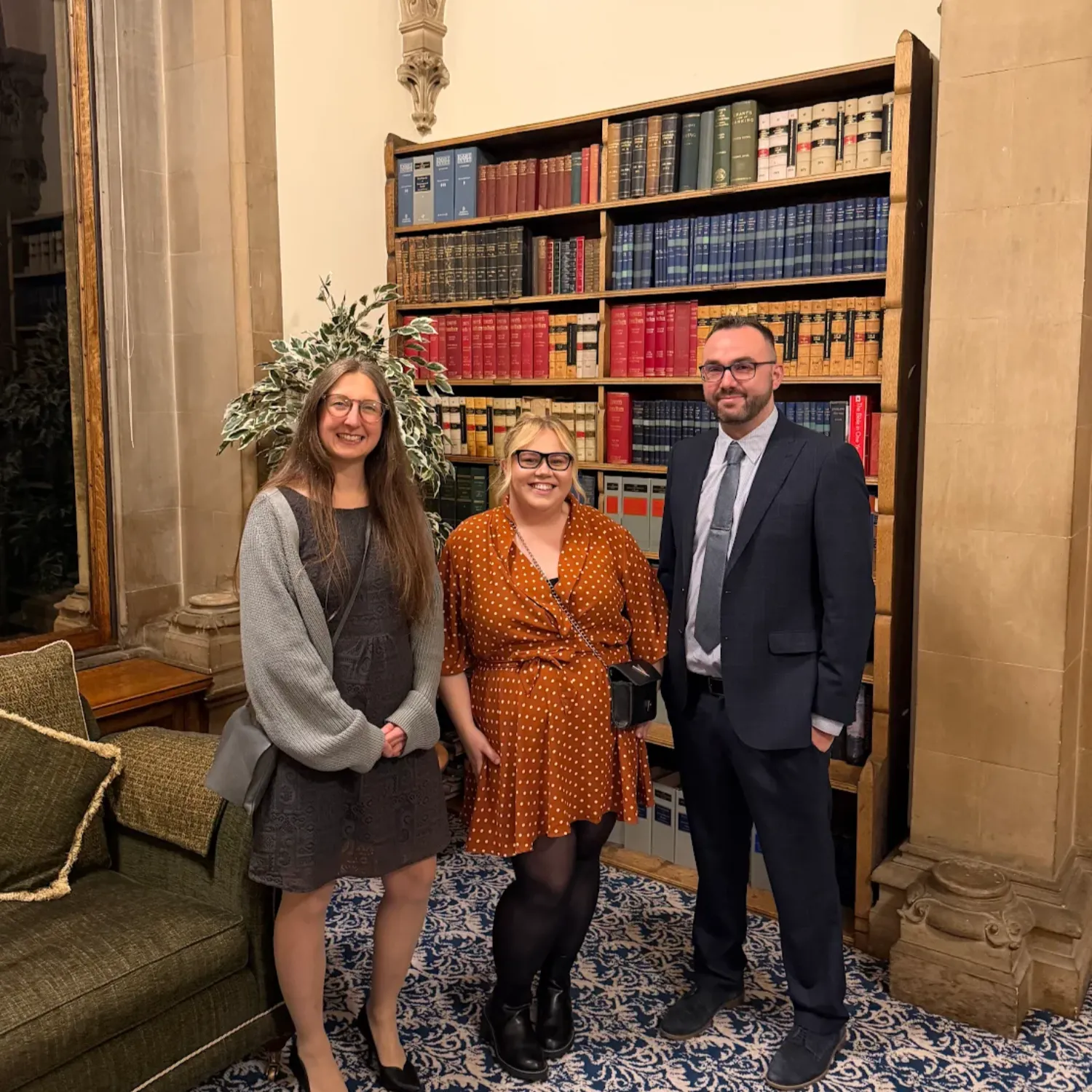What is Passivhaus and why could it be of benefit to you?

Share
We’re all aware that the impacts of climate change and rising energy prices are more serious than ever. What is less widely known is that buildings, through their construction and use, currently make up about a quarter of the UK’s carbon emissions[1] and a significant portion of household or business costs. Matthew Jones, one of our Architects, has recently become a Certified Passivhaus Designer. He explains how the Passivhaus standard provides a route to addressing these issues.
The Passivhaus standard provides a detailed method of modelling and reducing energy use in buildings, while maximising the comfort and health of those inside. This is achieved through design with key features including the form (shape) of the building and placement of windows, high levels of insulation, an airtight finish and mechanical ventilation with heat recovery(MVHR). As a result, occupants have to pay very little attention to these energy saving features because they function indefinitely, with need for minimal management or maintenance; this is where the passive part of the standard’s name comes from!
All these features, and more, are digitally modelled in detail before building work commences to ensure the very high levels of performance the standard demands. A Passivhaus standard building must use no more than 15kWh a year, per square metre, for space heating to stay at a minimum of20°C,much lower than the 130 – 140kWh used by a typical UK house. In monetary terms, a three bed Passivhaus house might expect an annual heating bill of £300, a tenth of what many of us are paying.
The design features that ensure significantly less energy use have the added bonus of providing comfort and health benefits to the occupants. Passivhaus buildings do not have draughts or cold spots, condensation or mould, and there is a continual supply of warm fresh air, without having to open windows. An MVHR system also provides excellent air quality as air entering the building is filtered, which is a great advantage for occupants who suffer from hay fever or asthma.
A common myth about Passivhaus is that it’s not affordable. Although some extra costs are involved, research by the Passivhaus Trust showed that these buildings were only 8% more expensive than their building regulation compliant equivalent in 2018, and the cost gap is on a downward trend. With rising bills, the payback time on this investment is rapidly reducing.
More and more people embarking on a building project are looking at the benefits of working to the Passivhaus standard and deciding it offers excellent value: will you be one of them? Please contact us if you think a Passivhaus approach could suit your project, and we’d be happy to discuss how the standard might apply in more detail.
[1] https://www.ukgbc.org/climate-change-2/


